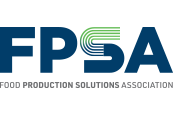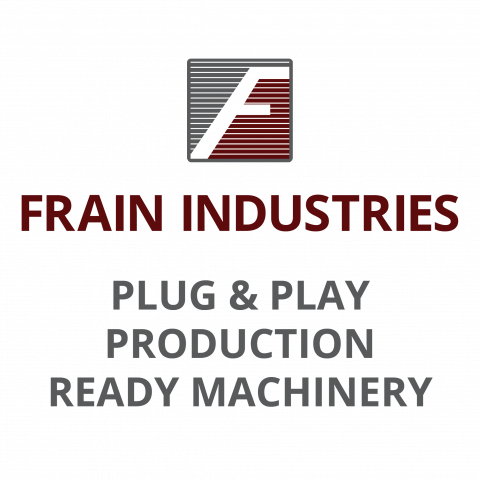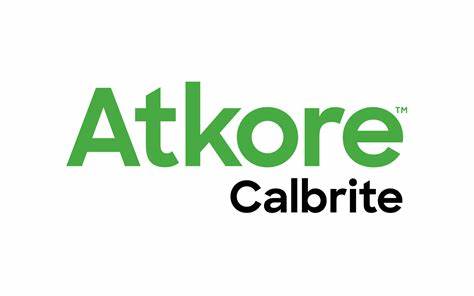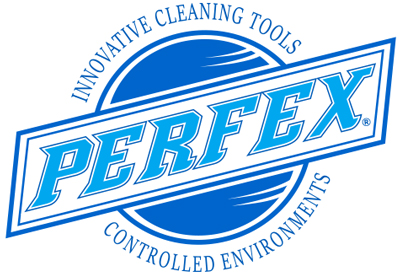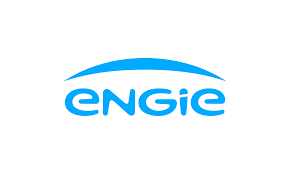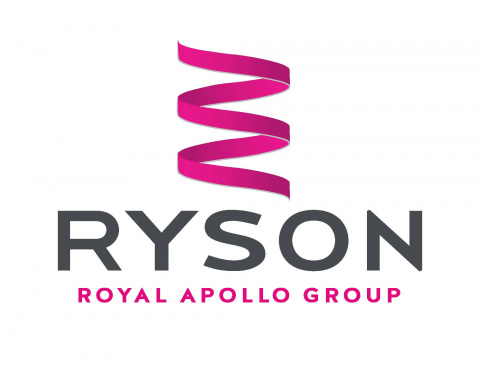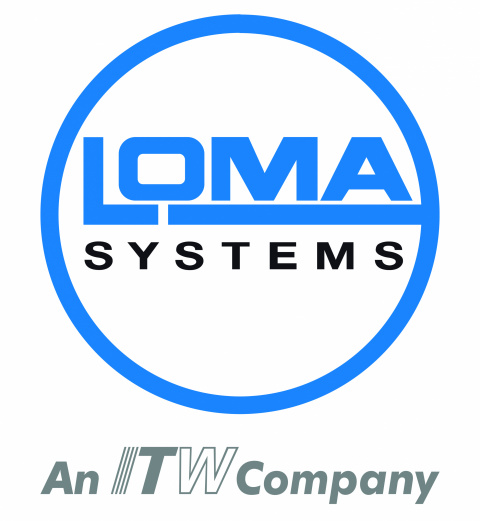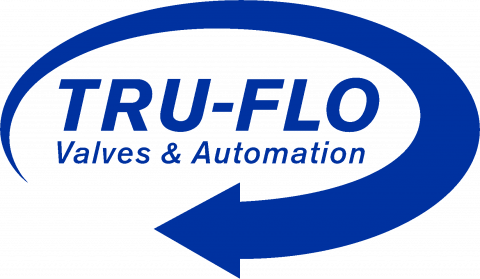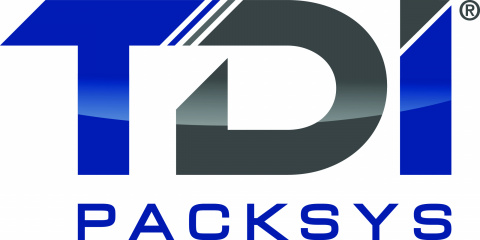
In a recent discussion concerning the 180 Skills Online Training program, the member raised a number of excellent questions but perhaps none more than why he needed to worry about training and professional development. To better help him understand this “why”, I dug up some information from Indeed.com which addressed this question with information that is hard to refute. For this reason, I am including this information in this week’s blog as many FPSA members (and non-members) are in the same boat.
According to a 2018 training industry report, the average training cost per employee is $1,096 for companies with 100-999 employees. This same report also estimates that employers are offering an average of 46.7 hours of training per employee each year.
However, while training may seem costly, studies suggest that the average cost to replace a salaried employee is around six to nine months’ salary. By implementing an effective training and development program, you can reduce your turnover rate and avoid paying even more to replace your staff. In this day and age, as hard as it is to find good help, that seems like a much-preferred alternative. But that’s not the only reason.
- Increased productivity and adherence to quality standards. A trained, knowledgeable workforce is key to achieving high productivity, consistency, and increased efficiency.
- Addressing weaknesses before they become big problems. A solid employee training program helps employees strengthen their skills and identify weak areas that have the potential to disrupt productivity.
- Improved employee satisfaction, performance, and retention. Training programs show employees that their companies value them and are willing to invest in their future, so employees feel appreciated. Plus, enhancing their knowledge base and skill set can boost their confidence. According to an Indeed survey, 39% of job seekers who left their job within the first six months said that more effective onboarding and training could have helped them stay longer.
- Staying innovative and competitive. Having effective training and development programs keeps companies vibrant, creative, and forward-thinking. They also are an excellent recruiting tool; people want to work at companies that promise to teach new ideas and offer opportunities for growth.
- Addressing gaps within the organization. A training program is an opportunity to solve gaps in skills. The best training programs will bring employees to an equal level and address the weakest within the organization. As a result, you’ll have a better-skilled staff and a more efficient work environment where employees can work more independently with minimum supervision.
- Creating a strong employer value proposition. With the introduction of employee training programs, you’re contributing to the organization’s employer value proposition (EVP) — i.e., an organization’s values, culture, and other benefits it offers to employees to attract top talent. Providing training to employees is a good way of attracting new candidates, thus having a stronger group of potential candidates to choose from.
In short, good training courses increase productivity, strengthen your company, and make it a more valued employer, not just among current employees but among the future employees you wish to attract.
At only $349/year, the 180 Skills Training program is far more cost-effective than average training ($1,096) and as it was developed with manufacturers in mind, its 700+ course library is sure to include a wide variety of topics that your fellow employees can put into action immediately. It’s not too late to sign up. If you are interested feel free to reach out to me at any time.
Andy Drennan
FPSA
Senior Vice President
